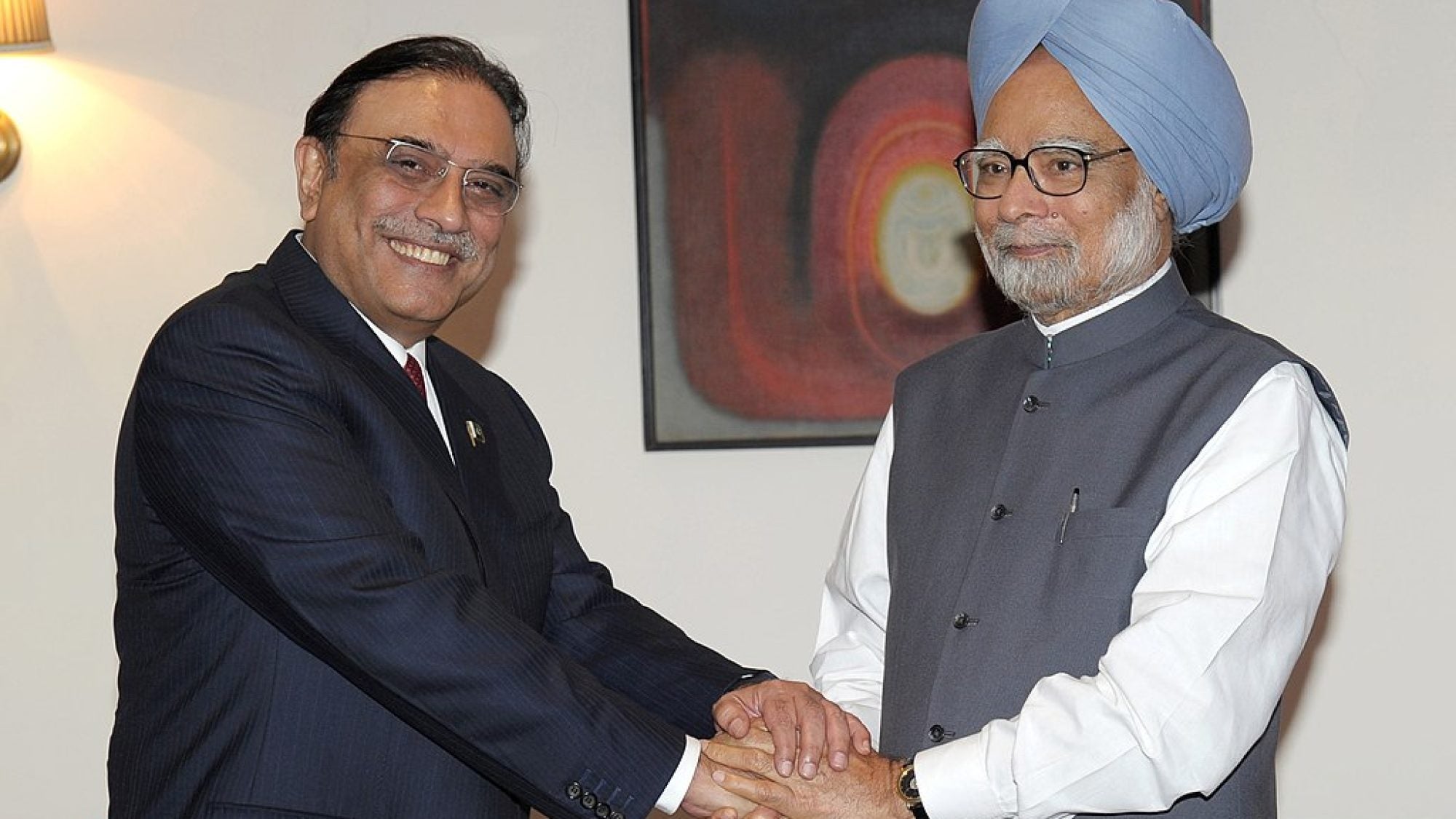Pakistan’s decision to grant India most-favored-nation (MFN) status in November 2011, which came fifteen years after India granted MFN status to Pakistan, represents a significant policy shift in trade relations between India and Pakistan. Despite the existence of a shared history, border, ecology, language, and culture, bilateral trade between these two countries has remained anemic over the past six decades. A World Bank study shows that the share of total trade between India and Pakistan in 2005, measured by the sum of the bilateral exports, amounts to just 0.9 percent of their total exports. The share of their total trade by this measure has increased marginally to 1.3 percent in 2010. This level of trade between India and Pakistan is not just low, but falls far short of its potential. Several recent studies estimate that India-Pakistan trade could be at least ten times larger than its current level if a bilateral free trade agreement were introduced. Given this potential for growth in bilateral trade, this study seeks to explore two questions: What are the opportunities of trade expansion between India and Pakistan? What are the constraints for the growth of bilateral trade between the two countries? (purchase article…)
Kishore C. Dash, Ph.D., is an associate professor of international studies at Thunderbird School of Global Management. He is also a senior lecturer at the University of Delhi in his native India. Before joining Thunderbird, Dr. Dash was a research fellow at the East-West Center in Hawaii and a political science lecturer at the University of Hawaii at Manoa. He served as delegation leader on the International Monetary Fund (IMF) Evaluation Committee on Third World Debt Issues in 1990.
Image Credit: Prime Minister’s Office (GODL-India), GODL-India <https://data.gov.in/sites/default/files/Gazette_Notification_OGDL.pdf>, via Wikimedia Commons
This is an archived article. While every effort is made to conserve hyperlinks and information, GJIA’s archived content sources online content between 2011 – 2019 which may no longer be accessible or correct.

